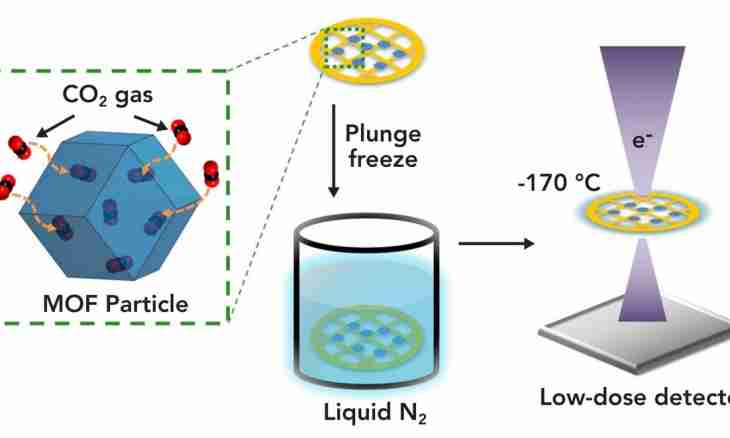The similarity of element structure of cages testifies to community of all live on Earth. In total in cages about 70 elements of the table of Mendeleyev are revealed, but are constant from them only 24.
Instruction
1. Basic biogenous elements four: it is carbon, oxygen, hydrogen and nitrogen. All organic matter of cages is constructed of their atoms, and oxygen and hydrogen are also a part of water – the major inorganic compound for living organisms.
2. 75% of mass of a cage, carbon – 15%, hydrogen – 8% and nitrogen – 3% fall to the share of oxygen. In general these four main elements make about 98% of cellular weight.
3. From the elements which are a part of organic molecules it is possible to call also phosphorus and sulfur. They treat macrocells. Other macrocells, such as calcium, sodium, potassium, magnesium and chlorine, are present at cages in the form of ions.
4. Ions of calcium regulate a number of cellular processes, including reduction of muscle proteins and fibrillation. Bones and teeth, sinks of mollusks, cellular covers of some plants are formed of insoluble salts of calcium.
5. Cations of magnesium are necessary for normal work of mitochondrions – "power stations" of cages. These ions also maintain integrity and functioning of ribosomes, are a part of a chlorophyll of plants.
6. Ions of sodium and potassium work in common: they create a buffer environment, regulate osmotic pressure in a cage, provide transfer of nervous impulses and normalize a rhythm of warm reductions. Anions of chlorine participate in creation of the salt environment (at animals) and sometimes are a part of organic molecules.
7. Other elements – minerals and ultraminerals – contain in a cage in very small quantity: copper, iron, manganese, zinc, cobalt, pine forest, chrome, fluorine, aluminum, silicon, molybdenum, selenium, iodine. However their small percentage in an organism does not characterize degree of their importance and importance. So, for example, iron is a part of hemoglobin – the carrier of oxygen, iodine – composition of hormones of a thyroid gland (thyroxine and a tironin), copper – composition of the enzymes accelerating oxidation-reduction processes.
8. Ions of zinc, molybdenum, cobalt and manganese are a part of coenzymes (nonprotein part) of the vast majority of enzymes. Content of silicon is big in cartilages and a linking of vertebrate animals. Fluorine is a part of bones and tooth enamel, and the pine forest is very important for growth of plants.

